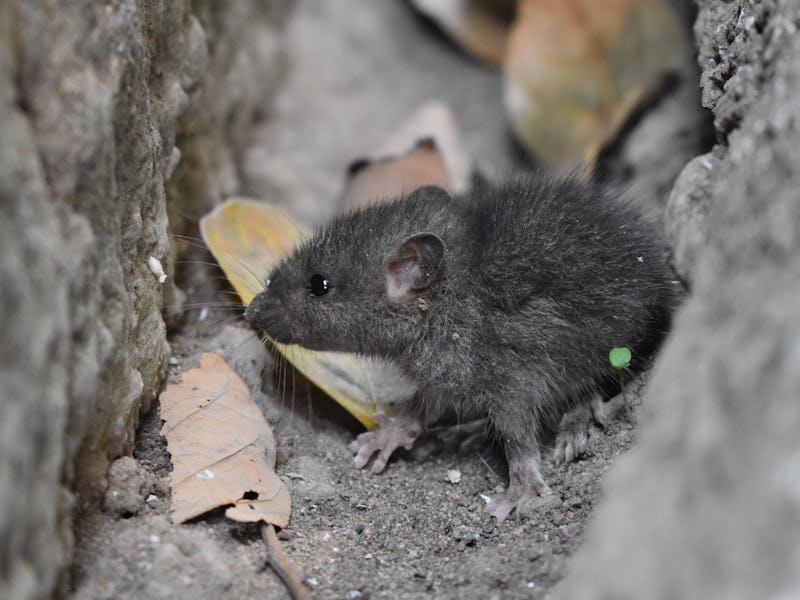Stem Cell Therapy Restores Mice's Sense of Smell in Proof-of-Concept Study
"Available treatment options are lacking for all of these conditions."

Losing your sense of smell can disrupt your life in untold ways, but researchers have just come a little closer to restoring the sense in people who have lost it. We use our noses to avoid spoiled food, enjoy meals, and even find mates, so being able to recover a lost sense of smell would be a blessing for the millions of people in the US who live with smell disorders. New research in the journal Stem Cell Reports shows progress toward that goal.
In a paper published on Thursday, a team at the University of Miami Miller School of Medicine show that a stem cell treatment in the noses of mice replenished neurons that allow the animals to smell. Just a few weeks after spraying a suspension of stem cells into the noses of mice that had been genetically altered to not be able to smell, they observed that clusters of stem cells had grafted into the lining of their noses and forged new connections to the olfactory bulb. Tests that measure a mouse’s reaction to a bad smell confirmed that the new neurons made it possible for the mice to smell.
This proof-of concept study, the authors write, suggests that such a treatment should be possible in humans, who share a similar olfactory system.
This mouse therapy could translate to humans.
And in fact, since humans with hyposmia and anosmia — conditions involving a partly and fully impaired sense of smell, respectively — have deficient nasal cells similar to those in the genetically altered mice, the researchers are hopeful that this treatment would be equally applicable.
“A broad variety of clinical conditions are associated with hyposmia or anosmia, including genetic defects, trauma, aging, damage arising following viral upper respiratory infections, and conditions that are categorized as idiopathic,” they write. “Available treatment options are lacking for all of these conditions.”
In the mice with induced hyposmia, the cells in their olfactory epithelium — the lining of the olfactory system — don’t produce functional sensory neurons. In humans with some forms of hyposmia and anosmia, this is also the case. And fortunately, the treatment is mostly noninvasive.
“Accessing the [olfactory epithelium] at the olfactory cleft in humans requires only a simple, non-invasive nasal endoscopy, suggesting that the delivery of a local directed therapy is feasible,” they write.
Long-term risks of the procedure will need to be assessed before trials can move on to humans, not to mention developing a way to produce these stem cells in sufficient quantities, but for now the prospect looks good.
“Using a defined adult stem cell population, we found no evidence of tumor growth or migration of cells intracranially, at least in the time frame of this study,” they write. “Production of appropriate human cells remains another challenge.”
Abstract: Stem cell-based therapies have been proposed as a strategy to replace damaged tissues, especially in the nervous system. A primary sensory modality, olfaction, is impaired in 12% of the US population, but lacks treatment options. We report here the development of a novel mouse model of inducible hyposmia and demonstrate that purified tissue-specific stem cells delivered intranasally engraft to produce olfactory neurons, achieving recovery of function. Adult mice were rendered hyposmic by conditional deletion of the ciliopathy-related IFT88 gene in the olfactory sensory neuron lineage and following experimentally induced olfactory injury, received either vehicle or stem cell infusion intranasally. Engraftment-derived olfactory neurons were identified histologically, and functional improvements were measured via electrophysiology and behavioral assay. We further explored mechanisms in culture that promote expansion of engraftment-competent adult olfactory basal progenitor cells. These findings provide a basis for translational research on propagating adult tissue-specific sensory progenitor cells and testing their therapeutic potential.